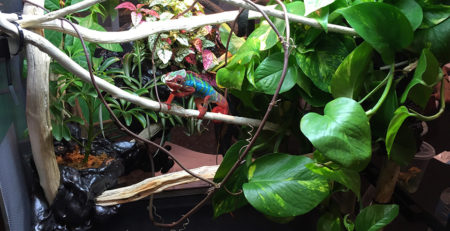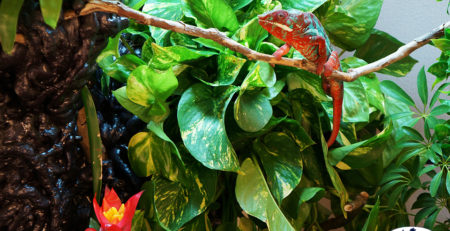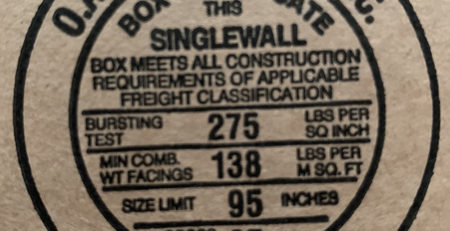Keeping Baby Chameleons in Adult Size Chameleon Cages
Baby Chameleons in Adult Size Cages
We in the chameleon community have had a curious habit of using grow out cages for our juvenile single pet chameleons. This practice advocates using a small cage to grow the chameleon up until adulthood. It is then transferred to the adult size cage. The thinking is that the baby chameleon can find food, water, and basking spot easier in a smaller space. So we have a two cage lifecycle for our chameleon. As a cage manufacturer, this is a wonderful protocol and, perhaps, we should add in a subadult cage in the progression so they can hold onto their childhood just a bit longer. I would be happy to create a three cage bundle I can call the “Growing Up Cage Kit”! But as a community educator I need to present the truth that you need only one cage for your chameleon from hatching to full adult.
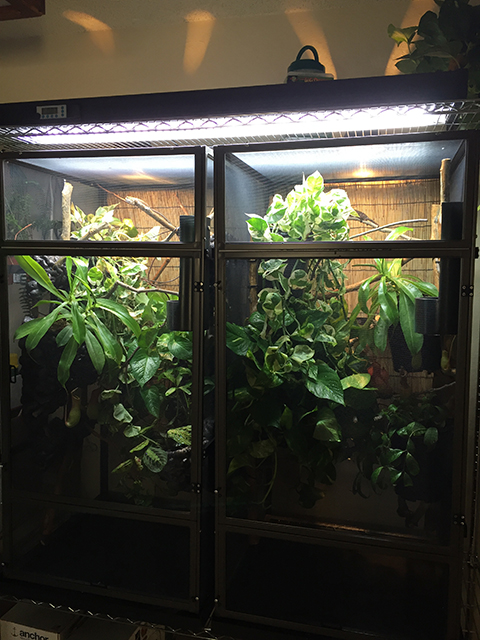
Two Dragon Strand Large Keeper Kits set up to house a pair of Panther Chameleons

Your baby chameleon will have great freedom starting off in their adult cage and will grow up comfortable in its final home.
How will they find food in such a big cage?!?
Chameleons are designed to be self-sufficient from the moment they hatch out of the egg. Their first missions in life are to find food and safety do they can grow up as fast as they can. And they do this within a continent sized enclosure. It will be controversial for me to say to keep your hatchlings in a Large Keeper 48” size cage. (I have done it with great success, by the way). My purpose here is not to convince breeders to change their care protocols, but to speak directly with the keepers who are buying one three month old baby and are making first time caging decisions. They are self-sufficient out of the egg. By three months they are now highly experienced in how this captivity situation works. It really isn’t that hard. Feeder bowl = food; strange big foot creature = food and bizarre camera thing that must die; Proper Cage = border of protection. The difference between a two foot tall and four foot tall cage is immaterial to a chameleon whose main sense is sight. They know exactly where everything is in that cage.
Feeder behavior is an issue in any size cage. Specifically we are talking about feeders hiding under pots and in the plants. This is the use and purpose of those feeder run cups. Have one place where you hang the feeder run cup and make sure there is a perching branch conveniently placed nearby with easy tongue slinging access. If you hang the feeder in the same place at the same time every day you will be surprised to find your chameleon on his eating branch ready and waiting for you at feeding time. Chameleons are quite smart – especially when it comes to food.
Trust Your Chameleon's Ability to Survive
Understanding chameleon behavior you can create a dense leafy area where you suspect your chameleon will sleep and a basking spot where your chameleon will warm up in the morning. Your job is to simply provide the environment. Trust that your chameleon will do his part in figuring out how to be where he needs to be.
In the end, not only will I say you are fine getting the adult cage right away, I will actively encourage you to do so. With the smaller body of a juvenile you can create very diverse areas and enjoy watching behavior and habits change as he grows up. This is only possible if there is enough room in the cage to have options to choose from.
For standard size chameleons including the panther chameleon, veiled chameleon, and Jackson’s chameleon, the Large Keeper Kit is the most commonly used successfully from baby to adulthood. But even if you get the Large Atrium Enclosure, do not go through the effort of building a false bottom within the cage. This is absolutely not necessary. The best that can be said about it is that it is not a dangerous practice. But, honestly, it is sad for you to deprive yourself of having all the space to build a beautiful home for your baby chameleon.
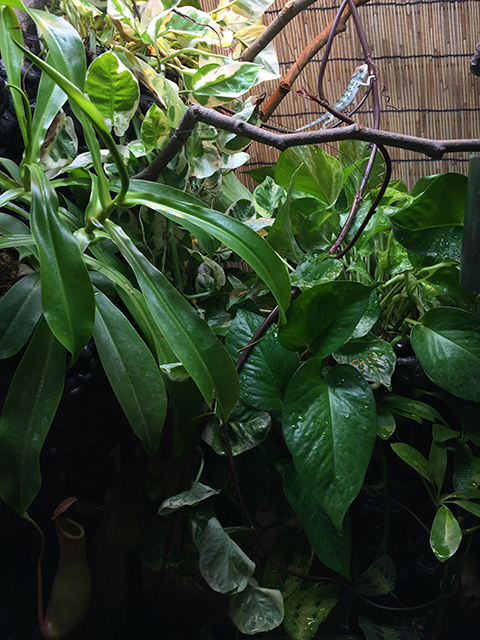
A baby chameleon in a large adult cage will have many microclimates and gradients to choose from.
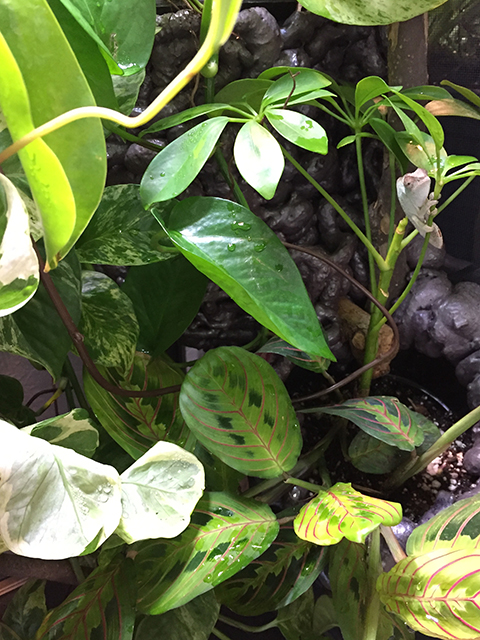
In a large cage with many options your baby chameleon will have many places to choose a sleeping spot from.
Conclusion
Smaller “grow out” areas are a necessity for breeding groups because of the need to be efficient with space. They are especially useful for panther chameleon breeding projects where you want to select your next breeding generation from panthers that are colored up. But a grow out cage has no place in pet keeping. This is one of those cultural folklores that needs to be retired. Your social media advisors may continue to advise it as it is one of those safe concepts that hasn’t been challenged. It isn’t dangerous to the chameleon so we won’t attack it too fiercely, but just know, you don’t have to do it.


